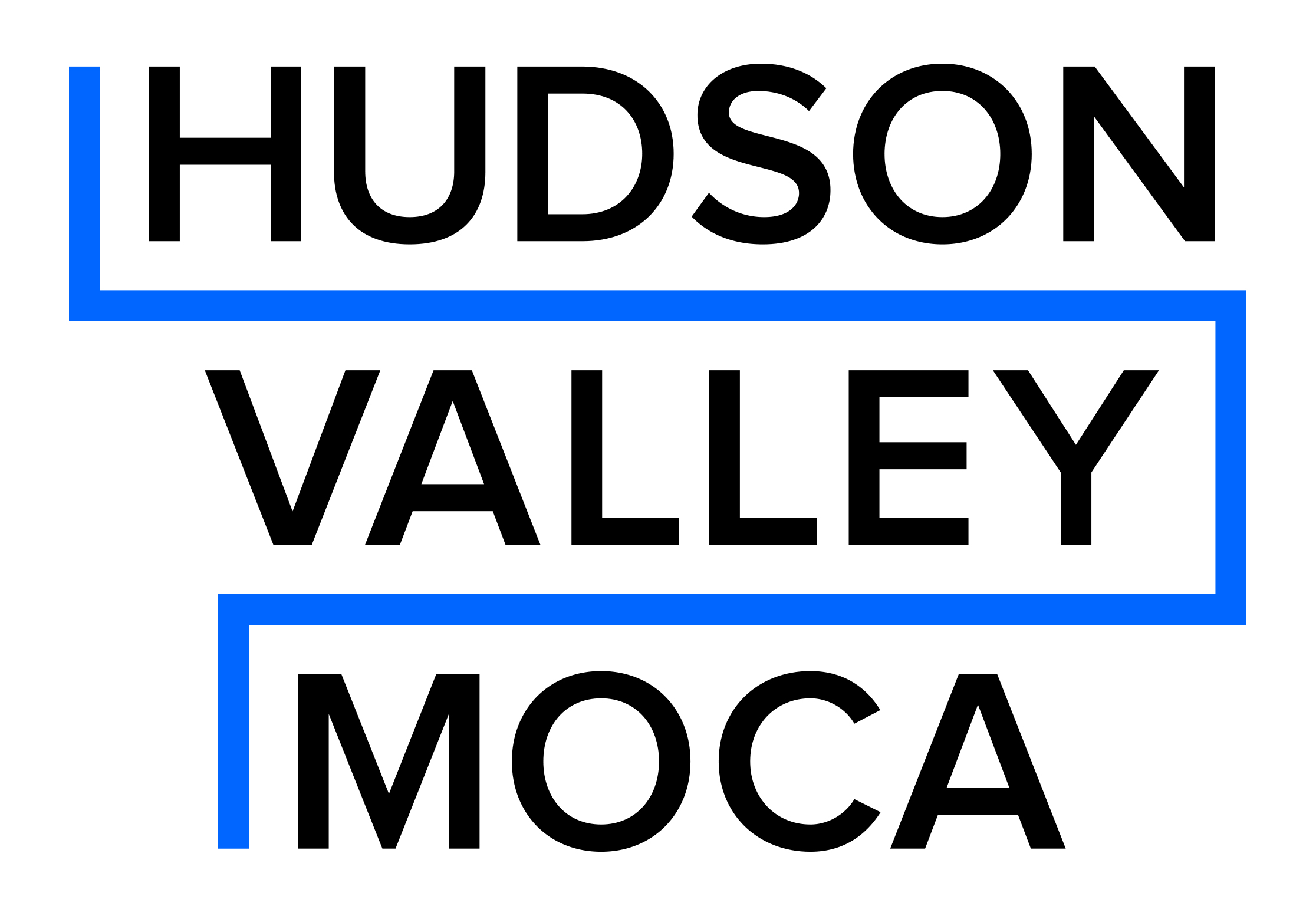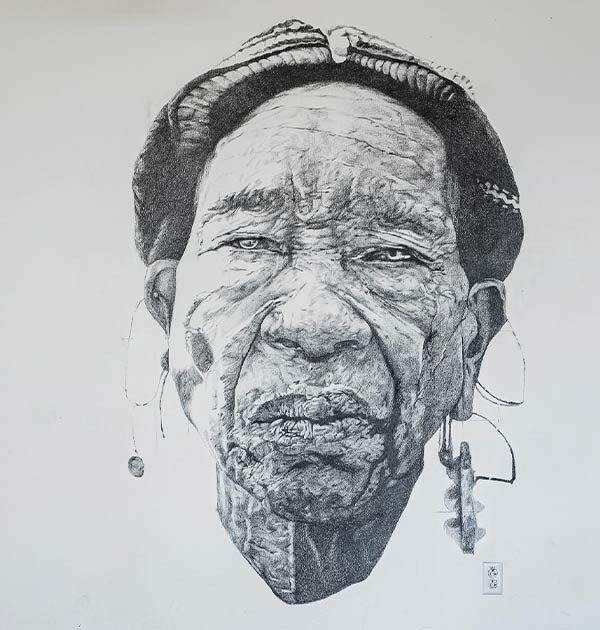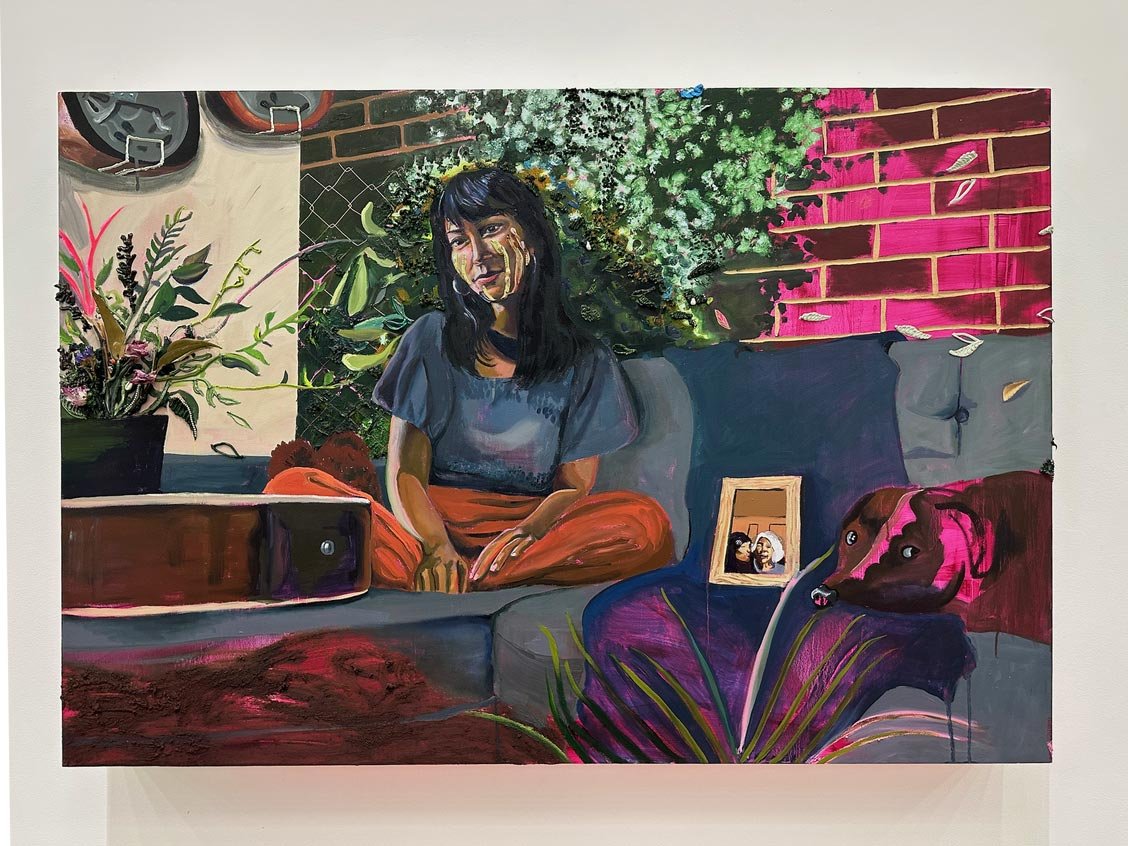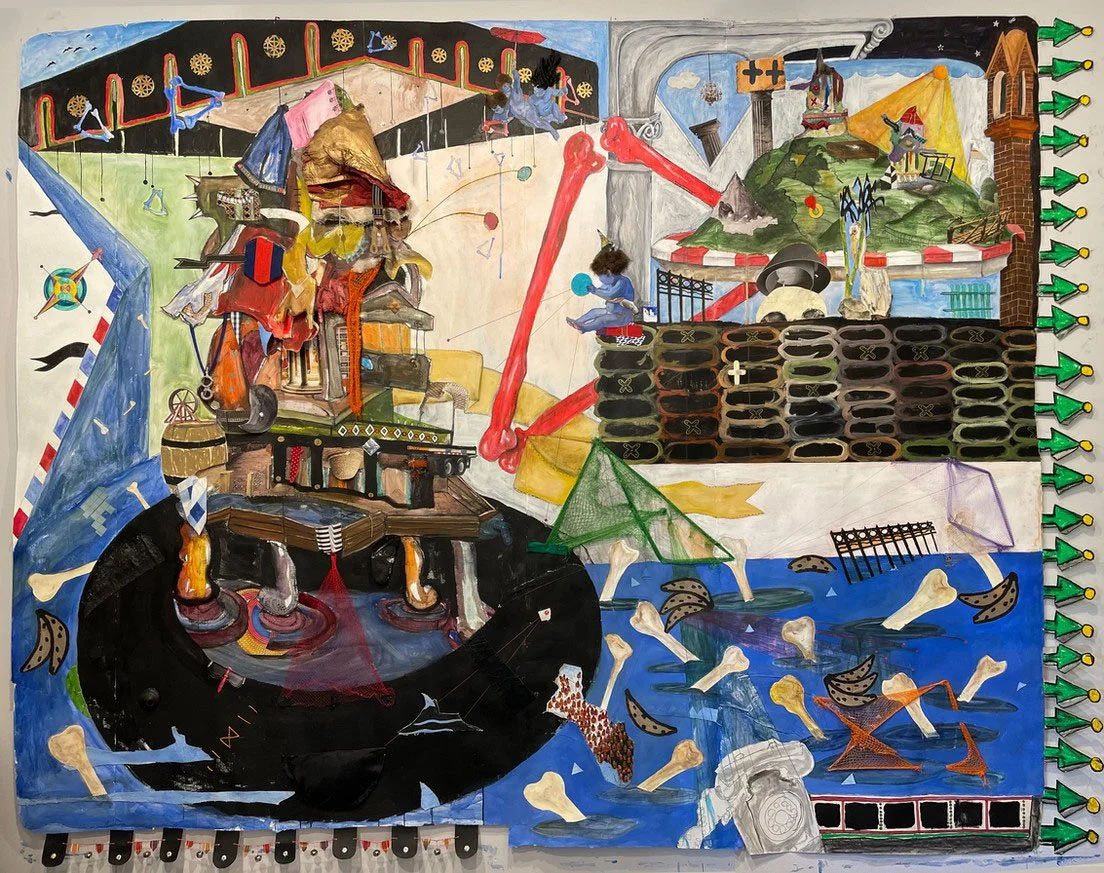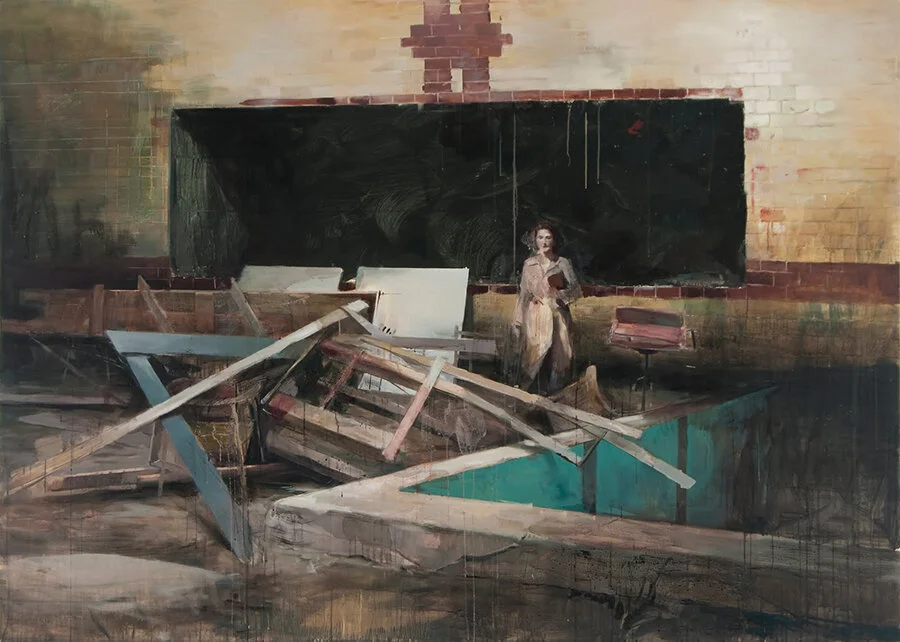HOW WE LIVE, PART II: A Rolling Exhibition
Global Artistic Visions of Need and Empathy, Political Chaos and its Repercussions
Selections from the Marc and Livia Straus Family Collection: Two Dimensional Works
In “How We Live, Part II” we have retained most of the original sculptures from “How We Live.” With these works as a base, we continue to add installations, sculptures and paintings, tapestries and other constructs, thus expanding the discourse. “How We Live: Part II” is a rolling exhibition offering new surprises and unexpected connections at this moment in history, on-line access to an expanded “How We Live” exhibition that takes stock of how the narratives incorporated into artists’ works bespeak universal fears, concerns, and celebrations of who we are as human beings, as Americans, as part of a global community. The year 2020-2021 was a trying one. The COVID19 pandemic caused the death of over 2.5 million, including over half a million Americans. In the midst of this disaster the US faced election dissention, turmoil and violence that continues to reach to the very core of our republic, to the Congress of the United States, and it is not over. In expanding the exhibition ‘How We Live’, we looked to responses from the global art community. What in our archives has had lasting meaning; what still addresses the reality, the paranoia and the fears of today?
In selecting the works on display, I am reminded of the iconic film, Terminator. After near misses with world destruction, after the apparent victorious emergence of justice and peace thanks to the young John Connors (a contemporary Messianic figure), his mother, Sarah and the Terminator, his protector, the final scene shows two young males in combat, street fighting, and John asks the equivalent of: Can there ever be peace or is this, hate and anger, a damning destructive part of human nature? Over the years we have installed works that addressed this topic. Folkert DeJong, Mount Maslow, built on Abraham Moslow’s theory that once human beings have their necessities they always want more- more power, more possessions, more money, unlimited independence- yet at the end we all die. It is a type of Ozymandius reality check, “Look at my works, you mighty, and despair,” yet only two cement feet remain in the desert landscape, all that is left of the iconic figure of yore.
The works chosen for this exhibition and folded into the context of the exhibition that began its journey in 2020, address all of these issues and in doing so give us pause to consider history, to consider modes of survival and to learn.
Art is a universal voice. It warns, it condemns, it gives us hope in distress, it teaches us compassion, it teaches us humanity!
A.A. Bronson, White Flag #8, 2015. Rabbit skin glue, Champagne chalk, raw honey on linen, cotton and cotton rope on linen.
John Wesley, Guinness, Acrylic on canvas.
